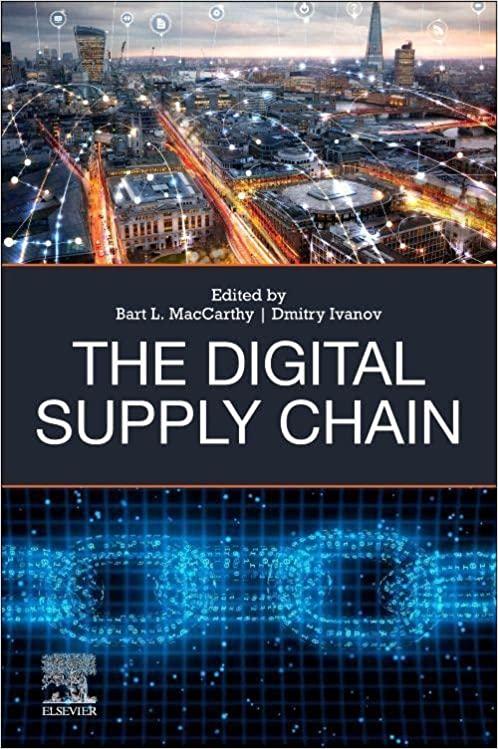Question
Summarise and Analyse the case study below:- EADS: managing human resources in a European context by Christoph Barmeyer and Ulrike Mayrhofer The European Aeronautic Defence
Summarise and Analyse the case study below:-
EADS: managing human resources in a European context
by Christoph Barmeyer and Ulrike Mayrhofer
The European Aeronautic Defence and Space Company (EADS) was created by a merger of the
French Arospatiale-Matra, the German DASA and the Spanish CASA. It aimed to join the strengths of three European engineering traditions and to achieve market leadership and compete with world leaders such as Boeing. However, managing a firm with major units in three different countries requires a unifying organizational culture that integrates and respects the different national cultures.
Individuals from the three companies were selected to work on project teams outside their home country. These expatriates served important roles in facilitating the integration process. At the cultural 'interface', they were to mediate between different systems of meaning and action in order to achieve mutual adaptation. English was adopted as an official language to enable expatriates to effectively communicate within their team. However, expatriates also faced the challenge of integrating into another culture. Even though it was one company, the national culture where they worked was quite different. EADS considered this cultural diversity an advantage, because it stimulated creativity and favoured the dynamics of the group. In fact, expatriates had the opportunity to learn about different values, which enabled them to develop new ideas and solutions to the problems they faced.
However, it created personal challenges for the members of the teams, as they were confronted with different ways of communicating and collaborating.
Certain concepts of management, such as cooperation or leadership, had different meanings and interpretations in France and in Germany, which often led to misunderstandings. For instance, for French engineers, the notion of cooperation implies that the goal should be achieved through work on an individual basis, whereas for German engineers, the term cooperation means teamwork with the objective to obtain a common goal.
Consequently, when working in German teams, the French sometimes felt frustrated by their lack of freedom and the necessity to reach a consensus. In the same way, when working in France, Germans attempted to find a consensus and had the impression that their French partners were individualists and difficult to predict. In the same way,
expatriates learned about different conceptions of leadership. For example, German expatriates discovered that their French colleagues employed more paternalistic styles and personal powers and thus favoured centralized management structures. In contrast, French expatriates were surprised that German authority was mainly oriented towards function and professional competence and that German managers and engineers often graduated from public universities (in contrast with France where most managers and engineers graduate from highly selective and prestigious French 'grandes coles' like cole Polytechnique and cole Centrale).
Two metaphors highlight these different culturally
embedded characteristics and conceptions of cooperation and leadership. The German organization has been described as a 'well-oiled machine': there is a clear technical structure to the regulation of functions in terms of tasks and responsibilities, and of processes in terms of sequential flow. The organization is understood as a heterarchical structure, the functions and goals of which are achieved detached from personalized authority according to its own agreed rules. In contrast, the French organization is like a 'pyramid of people': management holds a position of authority at the top of the pyramid, with subordinate participants CHAPTER SIXTEEN PEOPLE IN THE MNE below. The organization is understood as a hierarchical structure, in which interpersonal relations develop and personalized authority figures are needed to regulate power relations. As power is concentrated at the top of the pyramid, the people below have to defend themselves by acting individually.
Human resource managers of EADS were aware that it was important to systematically explain such cultural characteristics and differences in order to avoid conflicts that are likely to arise in cross-cultural teams. The company therefore created its own corporate university for executive education, called the Corporate Business Academy (CBA), which offered intercultural training seminars and helped to prepare expatriates for their work experience abroad. EADS also developed specific processes to build a new
organizational culture based on teamwork. The experiences of the expatriates and the initiatives taken to build a new corporate culture allowed EADS to successfully manage its human resources in an organization that even after several changes of shareholders retains its distinct Franco-German identity.
Step by Step Solution
There are 3 Steps involved in it
Step: 1

Get Instant Access to Expert-Tailored Solutions
See step-by-step solutions with expert insights and AI powered tools for academic success
Step: 2

Step: 3

Ace Your Homework with AI
Get the answers you need in no time with our AI-driven, step-by-step assistance
Get Started


